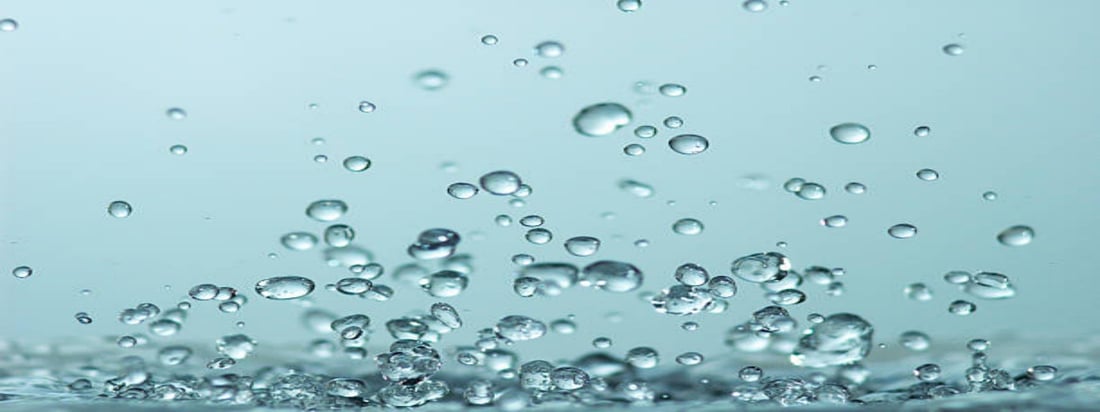10 Effective Ways to reduce chlorine in water
Introduction:
Chlorine is commonly used in water treatment plants to kill harmful bacteria and ensure safe drinking water. However, excessive chlorine levels can have adverse effects on health and may also affect the taste and smell of water. If you are concerned about the chlorine content in your tap water, there are several effective ways to reduce it. In this article, we will explore ten proven methods to help you minimize chlorine in your water.
1. Use a Carbon Filter
Carbon filters are highly effective in removing chlorine from water. These filters contain activated carbon, which has the ability to absorb and trap chlorine molecules. When water passes through the carbon filter, the chlorine bonds with the carbon, leaving you with chlorine-free water. Carbon filters are available as faucet attachments, pitcher filters, and whole-house filtration systems.
2. Install a Shower Filter
Chlorine can also be absorbed through the skin during showers, leading to dryness, irritation, and other skin problems. Installing a shower filter can help reduce chlorine exposure while bathing. These filters typically use a combination of activated carbon and other filtration media to remove chlorine and other impurities from the water.
3. Boil the Water
Boiling water is a simple and effective way to reduce chlorine levels. When water is boiled, chlorine evaporates, leaving you with chlorine-free water. However, this method is best suited for small quantities of water and may not be practical for larger volumes.
4. Use Vitamin C Filters
Vitamin C filters are specifically designed to neutralize chlorine in water. These filters contain ascorbic acid, which reacts with chlorine to form a harmless chloride. Vitamin C filters are commonly used in handheld showerheads and can effectively reduce chlorine levels in your shower water.
5. Let Water Sit Exposed to Air
Chlorine naturally dissipates when exposed to air. By letting your tap water sit in an open container for a few hours, you can significantly reduce chlorine levels. This method is simple and requires no additional equipment. However, it may not be as effective for chloramines, a disinfectant commonly used in some water treatment plants.
6. Use Reverse Osmosis Filtration
Reverse osmosis (RO) filtration systems are highly effective in removing chlorine and other contaminants from water. These systems use a semipermeable membrane to separate impurities from water, leaving you with clean, chlorine-free water. RO systems are typically installed under the sink and are capable of treating both tap and well water.
7. Consider UV Disinfection
UV disinfection systems use ultraviolet light to neutralize chlorine and other harmful microorganisms in water. These systems are highly effective in killing bacteria and viruses and can also reduce chlorine levels. UV disinfection is often used as an additional step in water treatment processes to ensure safe and chlorine-free drinking water.
8. Use Chemical Neutralizers
Chemical neutralizers, such as sodium bisulfite or activated carbon tablets, can be added to water to remove chlorine. These products work by chemically reacting with chlorine and converting it into a harmless substance. Chemical neutralizers are commonly used for treating swimming pool water, but can also be used for tap water.
9. Opt for Chlorine-Removing Filters
Chlorine-removing filters are specifically designed to target and remove chlorine from water. These filters use various filtration media, such as activated carbon or catalytic carbon, to effectively reduce chlorine levels. They are available in different forms, including faucet filters, countertop filters, and whole-house filtration systems.
10. Use Distillation
Distillation is a process that involves boiling water, collecting the steam, and condensing it back into liquid form. This method effectively removes chlorine and other impurities from water, leaving you with purified, chlorine-free water. However, it is important to note that distillation may also remove beneficial minerals present in water.
Conclusion:
Reducing chlorine in water is essential for both health and taste reasons. Whether you choose to use a carbon filter, install a shower filter, or opt for alternative methods like distillation or UV disinfection, there are several effective ways to ensure chlorine-free water. Consider the options that best fit your needs and enjoy the benefits of cleaner, healthier water.

